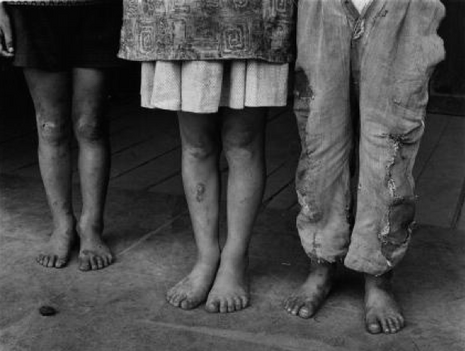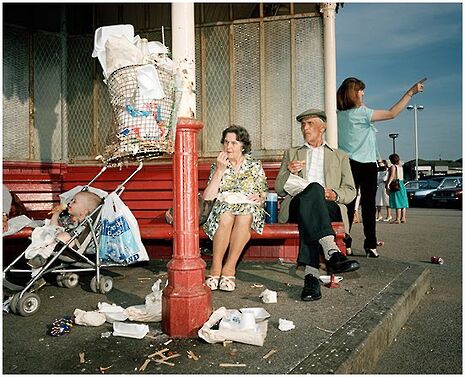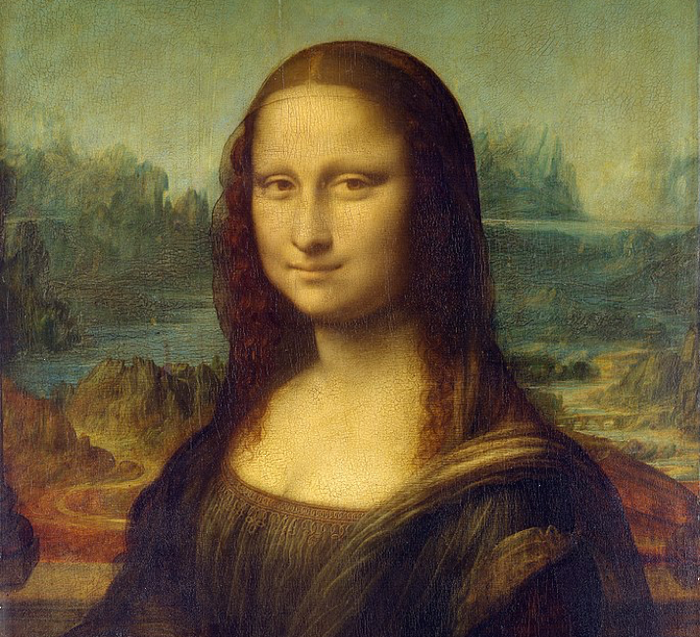Remembering Rogovin’s Forgotten Ones
Rosie Chalmers reminsces over Milton Rogovin’s collection of photographs, which she chances upon in the Kettle’s Yard library

One of my favourite parts of the re-opening of Kettle’s Yard is the return of Jim Ede’s open library. The shelves are filled with books on art, photography, architecture as well as the Penguin classics for any students who want to flick through an artist’s collection or have somewhere quiet and cosy to read in. The new Kettle’s Yard upholds Ede’s traditions and it was here, flicking through some photography books that I came upon the photographer’s Milton Rogovin’s The Forgotten Ones. Rogovin worked for decades in the poorer areas of Appalachia and Buffalo, and his photos depict the life of miners, families, neighbourhoods and communities through the decades from the end of the great depression to the cold war period. He was a social commentator; his work highlights the hidden lives of those in poverty such as the overcrowded squalid homes, and the nightmarish conditions of the mines. The lives of the American working class are perfectly captured - sometimes through emotional portraits, and other times through large celebratory wedding photos. Some of the family shots are replete with smiles and excitement, as the photos were rare treats and became treasured by those within them and proudly displayed years on. However, they also show the darkness of abject poverty and the daily endurance of those who live in it. Each figure is captured within their landscape and context, the neighbourhood’s noise and activity lurks behind each photo.
The lives of the American working class are perfectly captured
Rogovin famously championed the rights of those living in poverty: “the rich have their own photographers, I photograph the forgotten ones”. And it is this sense of mystery and uniqueness that makes the collection so intriguing. They show a life and a time forgotten, brushed over. These are not gleaming photos of America’s presidents, or the colourful whirl of the 60’s Cultural Revolution but an exploration into the teeming millions who do not adorn the walls of national galleries. It makes you realise how wonderful it is to see photos of everyday life, the struggle and the hardship, photos of communities and history. The woman smoking staring at us is the sort of intimate and challenging image we should see in London’s National Portrait Gallery, rather than the endless oil paintings of Judi Dench, the Queen and Kate Middleton. Rogovin’s work delves below the surface to find those who laboured for America yet remain entirely unseen, and bears certain similarities with the work of Dorothea Lange, with renowned works such as her Migrant Mother. Rogovin often worked in African American neighbourhoods, or took photos of immigrant families (perhaps inspired by his Lithuanian roots). Rogovin went on to complete numerous projects and have many exhibitionsm but The Forgotten Ones remains the most prominent in depicting the American 20th century and fighting for a space in the gallery for the working class.

Looking through his work at Kettle’s Yard got me thinking about this representation of normal people and ordinary lives that are a wealth of untold stories. Martin Parr is a British photographer whose work mirrors Rogovin’s in delving into worlds and communities that are the norm yet fail to dominate the spotlight. One of his most famous pieces documents holiday goers in New Brighton in the summer of 1984. Parr’s work in this period is seen as encapsulating the lives of the working class in Thatcherite Britain, with many interpreting the photos as a representation of economic deprivation and unemployment. In fact, it was the political atmosphere of the 80s that inspired Parr and many other photographers to explore the stories of increasingly marginalised communities and individuals. Since then he has barely stopped for a breath with new collections, new work and new stories nearly every year.
But the seething, swarming beach shots from New Brighton also buzz with the lazy joy of summer and childlike excitement for fish and chips, and sandcastles. There is great affection in his work, not merely political protest. Another collection takes place in Working Men’s Clubs in England and Wales, where candid shots show Saturday night dances, Elvis tribute bands, and bingo cards being waved in the air. The photos revel with dancing, celebration and friendship that Parr enters full into. Like Rogovin, Parr manages to freeze a moment whilst filling it with vibrancy. From the mother firmly gripping her children’s hands, to the tender embrace of elderly couples dancing and the lime green ice cream, each person and detail is portrayed. While Parr’s subjects do not endure the destitute poverty of Rogovin’s, both photographers demonstrate the lives and patterns of the working class at different points in history. The realism of such photos is a political declaration, and their beauty an invitation to witness a world so often ignored or forgotten within the arts.
You can find both Rogovin and Parr in the V&A’s permanent collection and there is also an exhibition of Parr’s seaside photos at the National Maritime Museum, opening this April
 News / Cambridge academics stand out in King’s 2026 Honours List2 January 2026
News / Cambridge academics stand out in King’s 2026 Honours List2 January 2026 Interviews / You don’t need to peak at Cambridge, says Robin Harding31 December 2025
Interviews / You don’t need to peak at Cambridge, says Robin Harding31 December 2025 Comment / What happened to men at Cambridge?31 December 2025
Comment / What happened to men at Cambridge?31 December 2025 Features / “It’s a momentary expression of rage”: reforming democracy from Cambridge4 January 2026
Features / “It’s a momentary expression of rage”: reforming democracy from Cambridge4 January 2026 News / AstraZeneca sues for £32 million over faulty construction at Cambridge Campus31 December 2025
News / AstraZeneca sues for £32 million over faulty construction at Cambridge Campus31 December 2025










